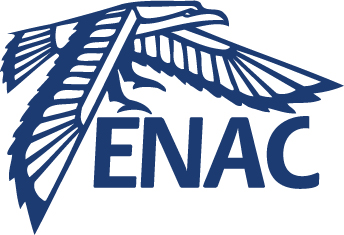GNSS airborne multipath errors distribution using the high resolution aeronautical channel model and comparison to SARPs error curve
Résumé
Because of its coverage, GNSS is a very attractive mean to provide the navigation service at every stage of the flight of an aircraft. In this purpose, the proposed system must comply with ICAO requirements, which include accuracy and integrity requirements. For example, during the approach, the position is highly critical information. The system performance during this phase of flight can be guaranteed through mitigation of the error sources and through a reliable estimation of their characteristics to protect the users by delivering appropriate integrity bounds. In the studied case, we are interested in multipath during aircraft approaches. Indeed, the sum of direct and reflected signals induces a biased measurement affecting the reported position along the approach path. This bias may not be very large, but it needs to be appropriately taken into account in the error budget. Hence, it would be interesting to compute the statistics of the error due to multipath so as to predict adequately the measurement error standard deviation and then protect the user through pertinent integrity bounds. This work was already tackled by RTCA for GPS L1 C/A code users, and the final result was a standard curve adopted in the ICAO SARPs stating the standard deviation of the error due to multipath as a function of the GPS satellite elevation angle. In the framework of the European ANASTASIA project, which aims at carrying out research, evaluation and cost benefit analysis of communication and navigation new technologies, the characteristics of the error induced by multipath needs to be determined for an aircraft using new GNSS signals transmitted by future GPS and GALILEO constellations. In this purpose, it was decided to use an aeronautical channel model developed for ESA, coupled to a generic receiver simulator. The channel model was developed as a result of a measurement campaign carried out in 2002 by DLR, Joanneum Research, and the University of Vigo for ESA. Two planes were used, one as a transmitter and the second as a receiver. The second one was performing a landing procedure. Then, a model called ?high resolution aeronautical multipath navigation channel? was designed. This model completely describes the aeronautical channel and calculates the characteristics of the received signal. It is assumed to be composed of a direct ray, and reflected rays from different sources. The model separates the reflected rays in two different kinds: fuselage and ground echo. The parameters used in the implemented channel model were determined thanks to the measurement campaign. The last investigated point is the terrain dependence. As explained above, the parameters of the model were determined thanks to the measurements, so it is likely that those parameters are not suitable for any other airport, particularly the ground reflection. This means that each airport will have its own parameters. As performing a measurement campaign on each and every airport is not bearable, the validity of these results need to for any airport needs to be investigated. The aim of this paper is therefore to present the estimated standard deviation of the error due to multipath for a landing aircraft using any new GNSS signal. This estimation is provided by the overall conjunction of the aeronautical channel model and our GNSS receiver simulator.
| Origine | Fichiers produits par l'(les) auteur(s) |
|---|
Loading...
